While web design blends coding and web development techniques, it’s not just a challenge for programmers. You need to engage marketers in every inch of the journey to get the best out of your company site. Many businesses are developing their advertising and growth departments in silos. This is a risky move, which means that you’re losing out on easy wins during the growth process.
That’s because web design is not just about aesthetic appeal. Great web design impacts every part of your appearance online. Your portal is the first thing that people see when they began to understand about your company, and this is also the secret to improving the visibility of your search engine. That’s correct: web architecture has a huge effect on search engine optimization (SEO). Using the website layout that applies to both people and search engine crawlers to get the greatest amount of profit in a domain.
So, you might be asking how do the design and layout affect our SEO? Let us tell you. Although appearance and information matter, your company also needs to emphasize SEO best practices in your next web development. This is how web design impacts SEO in three different ways.
SEO AND CUSTOMER EXPERIENCE GOES SIDE BY SIDE:
Strong design improves your SEO rating, while poor design damages you’re ranking. But it’s significant to mention that it’s not about “playing” search engine robots. Search engine crawlers are attempting to emulate the human user interface. What’s wrong with human users is also terrible for search engine bots; the two are connected. If you have a badly built platform that’s impossible to access, your human clients will be quitting. Search engines pay attention to the fact that people have left your site in a sequence and decrease the ranking similarly.
If you have a long loading speed, pretty difficult text, or obsolete web architecture, you’re building more obstacles for users to connect with your site. Utilize good web management best to keep both individual users and search engine scrappers on the site.
VISUAL CONTENT GETS MORE TRAFFIC:
Web design strengthens the authority and creates trust with customers. In reality, 38% of users quit the web if they might not like the layout. By presenting your high-quality content in an aesthetically pleasing wrapper, you can keep visitors on-site longer, which is beneficial for sales and SEO.
Good design offers a one-two-stroke that makes customers transcend their innate distrust of brands and step more easily into a partnership with your company. By mixing high-quality content with beautiful graphics, you encourage visitors to dive into your website and connect, signaling to search engines that your website is credible and secure.
MAKES IT EASIER FOR ROBOTS TO SCAN YOUR WEBSITE:
Although website developers should still give preference to the requirements of individual consumers, they also need to meet the concerns of web engine scrapers. If you make the wrong web development decisions, you can unwittingly make it impossible for crawlers to search your content, hurting SEO rankings. Thanks to the best practices of web design, the creator can design URLs, content, and photos in such a way that crawlers can search more easily, improving your scores.
HOW TO BUILD A SEO-FRIENDLY WEBSITE TO MAIN HUMANS AND CRAWLERS ON YOUR SITE?
Web design has a big influence on SEO and result. Even if the web developer and marketing company might be rigidly structured, they can work together to create a great website. Build a diverse team to incorporate these best practices for SEO-friendly website design.
1. RESTRICT FLASH AND JAVASCRIPT:
JavaScript and Flash are scripting languages that web crawlers have a hard time processing. Although you can do innovative and out-of-box design elements for these languages, try to restrict how much you use them. Never place essential content within a Flash or JavaScript feature on your web. Search engines will not be able to see this stuff, and you’ll skip out on the much-needed SEO advantages.
2. KEEP READABILITY YOUR TOP PRIORITY:
Your web design has to be very easy to read. Do not use small fonts, light colors that mix, or distracting interface features. E.g., if you let your visitors read italic font on a black backdrop, they’re certainly not going to hang around. If you are confused about those interface aspects, ask people to try your design and give feedback.
3. MAKE ALL THINGS GO AT A FASTER PACE:
A loading time delay of 100 milliseconds will minimize the conversion by 7%. Your management team wants every benefit they can offer, and a sluggish webpage is the final nail in the coffin at your response time. Your web design needs to be easy to keep visitors on-site, which in turn would boost your SEO score. If users get frustrated waiting for your site to launch, they’ll be leaving in just a few moments. Google knows that you are giving consumers a nasty perception and, as a result, reduces your search engine rating.
4. CHOOSE A RESPONSIVE LAYOUT:
We exist in a universe where each person’s display size is distinctive. Your web designers need to use responsive architecture to keep on top of the customer (and search engine) needs. The drawback to responsive architecture is that you just need to layout your site once, saving time and resources. Search engines like Google have specifically confirmed that they often reward mobile-friendly, interactive websites.
5. QUALITY CONTENT AND VISUALS ARE IMPORTANT:
Web design relies on colors, fonts, and formats, but also on information and graphics. After all, you can have a lovely website, but if the writing isn’t up to the mark, you’re not going to perform high in search engines. Valuable information signals that the platform is beneficial to search engines. Don’t forget to make the web designer customize the photos on-site. Reduce picture files or use lazy loading to decrease loading times. Often apply meta descriptions to your photographs so that search engine crawlers can also index your photographs.
CONCLUSION:
Web architecture impacts the user interface, but also the rating of search engines. Bad web design practices reduce your SEO rating and show a poorer search for your site. This has a significant impact on the quality line of your company, which is why investing in SEO-focused website design is so critical from the outset. Integrate best practices in development and web design to build a framework that looks fantastic and is highly searchable.
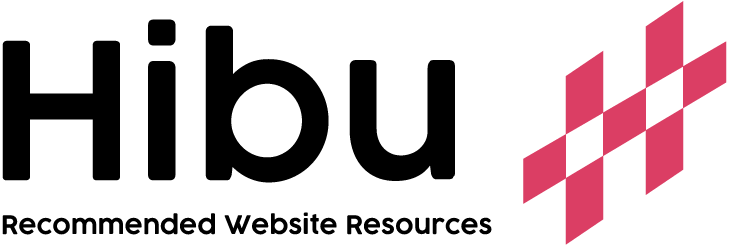
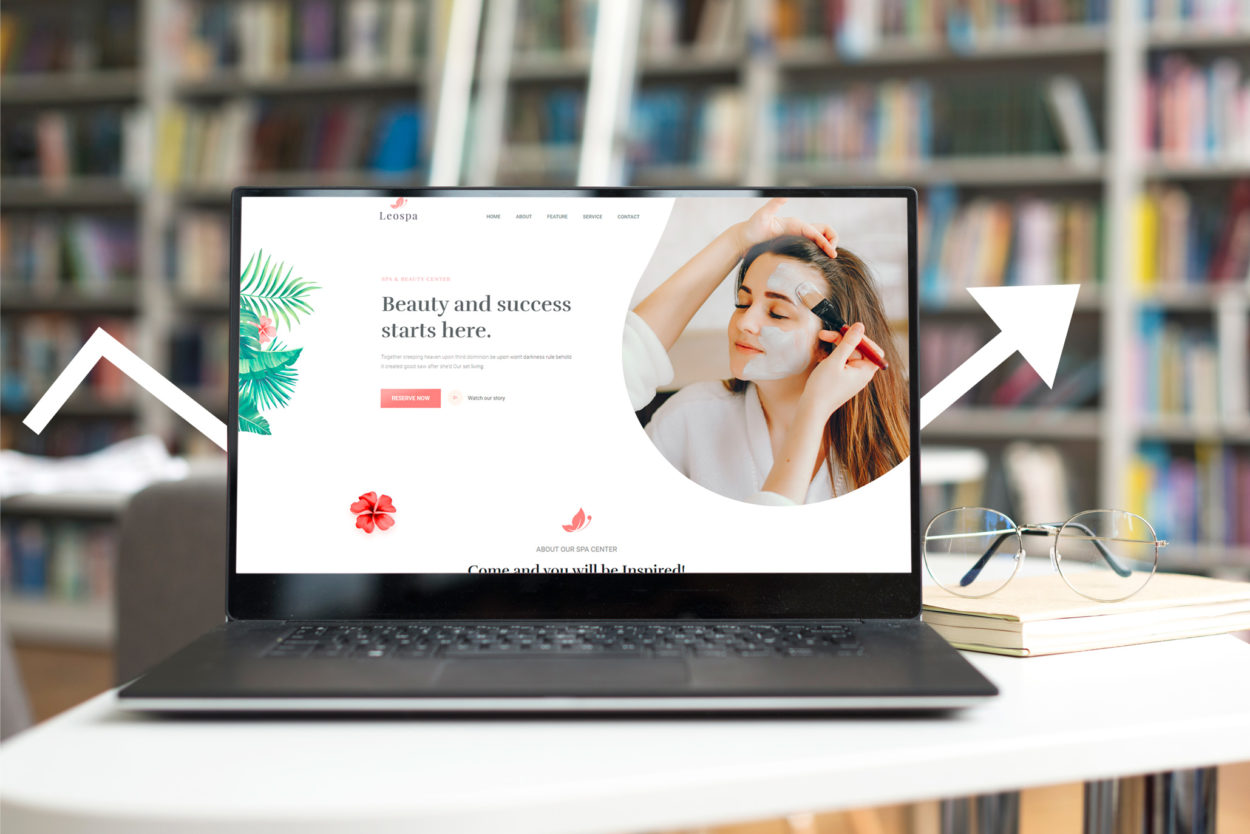

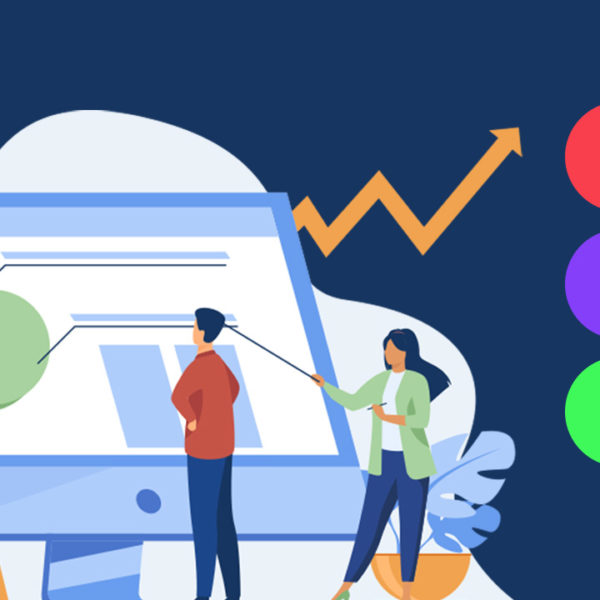
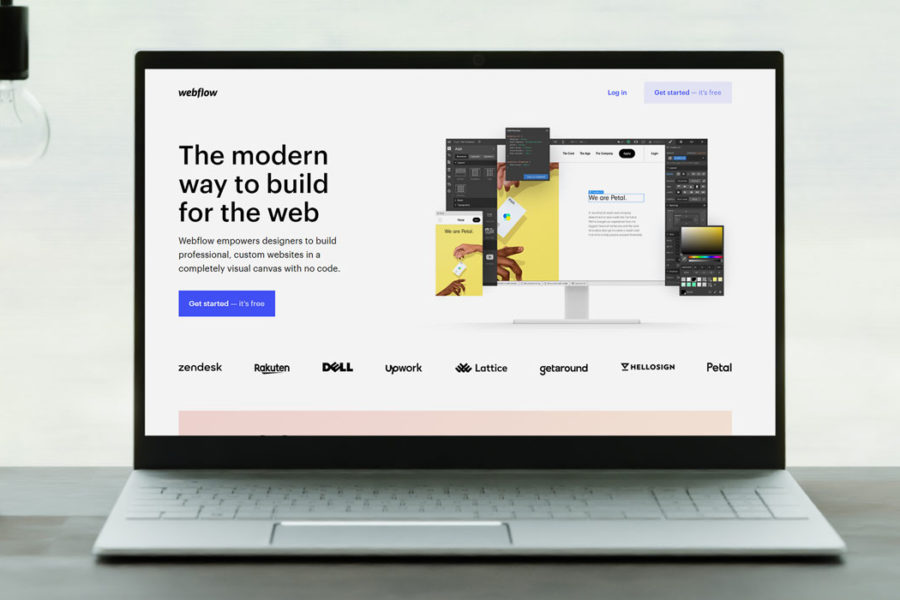

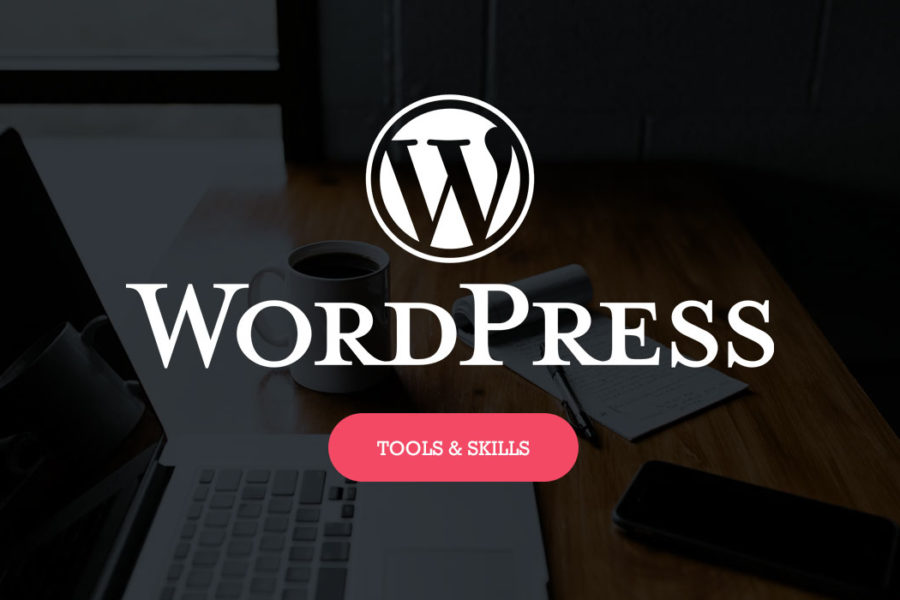
Leave a Comment